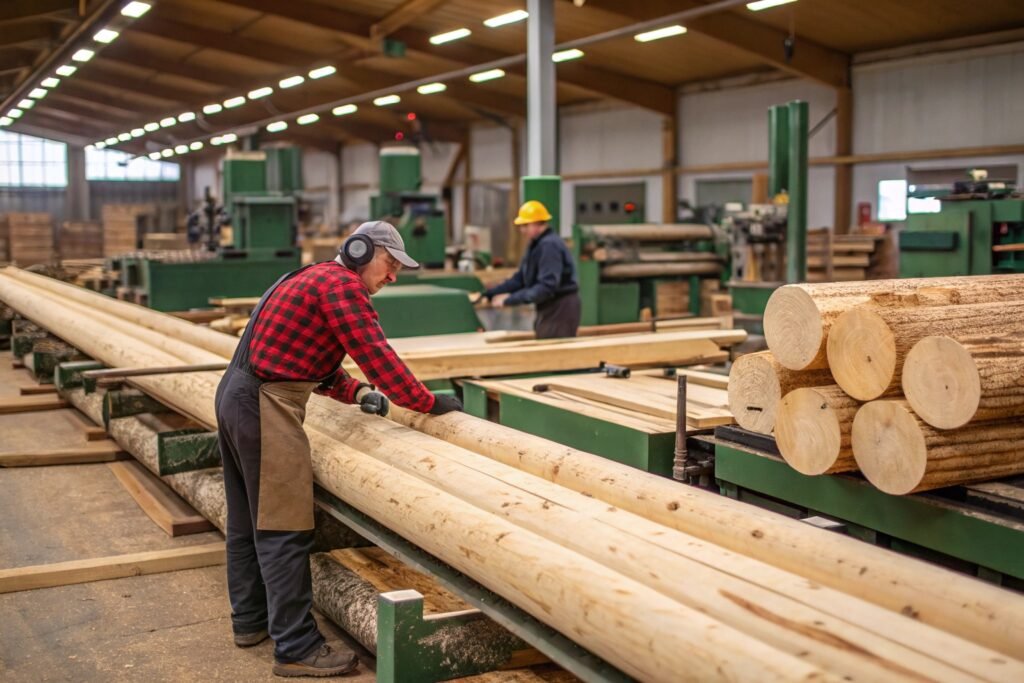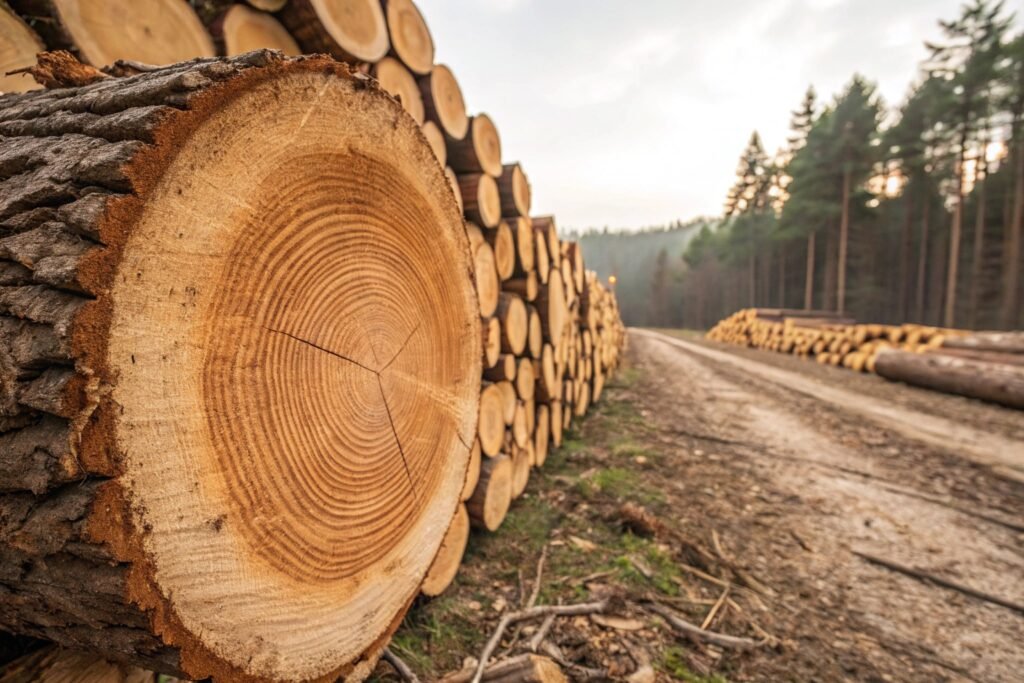Softwood lumber is one of the most common building materials, but how is it sourced, processed, and used in construction and woodworking?
Softwood lumber comes from coniferous trees like pine, fir, and spruce, known for being easy to work with and suitable for a wide range of applications.

Softwood lumber is used in construction, woodworking, and furniture making because it’s abundant, lightweight, and generally cost-effective. But how is it harvested, processed, and transformed into the products we use every day? Let’s break down the basics of softwood lumber, its characteristics, and how it’s made.
What is softwood lumber?
Softwood lumber is wood harvested from coniferous trees, often referred to as "evergreens."
Softwood lumber comes from trees like pine, spruce, fir, and cedar, which have needles and cones instead of broad leaves.

These trees grow quickly and are more abundant than hardwood trees, which makes softwood lumber less expensive and more sustainable. It is generally lighter, less dense, and easier to work with compared to hardwood lumber. Softwood lumber is used in a variety of applications such as framing, paneling, and cabinetry. The softness of the wood allows it to be cut, shaped, and treated quickly, making it a preferred choice for many construction and DIY projects.
How is wood made naturally?
Wood doesn’t need to be “made” in the traditional sense—it’s a naturally occurring material harvested from trees.
Wood forms naturally as trees grow, with layers of cellulose fibers and lignin that give them strength, structure, and durability.

As trees grow, they form wood by producing cellulose fibers from the nutrients they absorb. This cellulose creates the tree’s structural integrity, while lignin helps bind the fibers together. The growth rings in trees form naturally over time, and the density of wood can vary depending on species and age. Once trees are felled, the wood is processed to remove bark and shape it into usable lumber, which is then treated for various applications. The natural properties of wood, such as its grain pattern, density, and color, are key to its appeal in construction and design.
What is the raw material of softwood?
Softwood lumber is sourced from specific types of trees known for their rapid growth and abundance.
The raw material for softwood lumber comes from coniferous trees like pine, spruce, fir, and cedar.
These trees produce wood that is generally less dense and more flexible than hardwood. Softwood trees grow faster, allowing them to be harvested sooner, making them a more sustainable resource. Pine is one of the most common softwood types, known for its versatility and ease of processing. Spruce and fir are also widely used in construction, especially for structural framing, while cedar is used for outdoor furniture and decking due to its resistance to moisture and insects. The raw material is typically harvested from managed forests, ensuring that softwood lumber remains an affordable and renewable resource.
Does the US have softwood lumber?
The United States has abundant softwood forests, with major softwood lumber producers located in the Pacific Northwest, the Southeast, and the Rocky Mountains.
In the U.S., softwood lumber is produced from vast forests of pine, spruce, fir, and other coniferous trees. The Pacific Northwest (Washington, Oregon, and Northern California) is especially known for its high-quality Douglas fir and western red cedar. The Southeast U.S. has large pine forests, with Southern Yellow Pine being the most common softwood used for construction. These regions have a well-developed softwood lumber industry that meets both domestic and international demand, providing materials for everything from framing homes to furniture making.
Conclusion
Softwood lumber, sourced from fast-growing coniferous trees like pine, spruce, and fir, is a versatile and widely used material in construction and woodworking. Its natural properties, ease of use, and abundance make it an affordable choice for various applications, from structural framing to furniture production.
